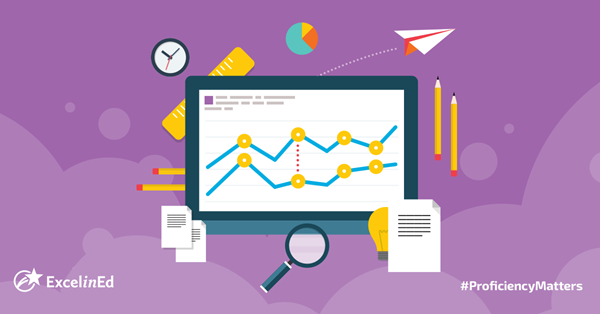TALLAHASSEE, Fla., March 16, 2016 (GLOBE NEWSWIRE) -- Today, the Foundation for Excellence in Education (ExcelinEd) relaunched an updated interactive website WhyProficiencyMatters.com, offering parents and the public an easy way see how their state compares when it comes to setting academic expectations for students. To date, 36 states, including New York, Georgia, West Virginia, New Mexico and Michigan, have raised their expectations of proficiency—which will better prepare students for success in college in career. More states, including South Carolina, Tennessee, Mississippi and Louisiana, have the opportunity to raise academic expectations and better prepare their students for success.
"A quality education is built on the foundation of high expectations for students," said Patricia Levesque, CEO of the Foundation for Excellence in Education. "As it now stands, we have children whose potential is stunted simply because too little is being asked of them. It is an effective strategy for shuffling them through high school graduation. It is a failed strategy when it comes to preparing them for life after graduation."
Every state sets its own academic expectations and scores its standardized tests. This means each sets its own requirements for proficiency—or cut scores—in the critical core subjects of English language arts and math. WhyProficiencyMatters.com offers easy access to information on the proficiency expectations each state sets for its students in the critical subjects of reading and math.
There is a simple measure for determining whether a state sets rigorous proficiency requirements—comparing the percent of students who are deemed proficient on a state's tests with the percent of its students deemed proficient on the National Assessment of Educational Progress (NAEP), which is considered the gold standard in measuring academic achievement.
If there is a large gap between the state and NAEP results—a proficiency gap—that indicates the state is not setting expectations high enough. This gives students, educators and parents a false perception of student achievement and can result in students graduating ill-equipped for the challenges of college and career.
The effects of low proficiency expectations resonate across the nation.
- 50 percent of students entering two-year colleges are placed in remediation,
- $7 billion is spent annually by first-year college students to learn what they should have mastered in high school, and
- 600,000 American manufacturing jobs are vacant due to the lack of qualified applicants and over the next decade that will likely grow to two million.
The web site illustrates the proficiency gaps for each state based on 2013 and 2015 results from both state and NAEP tests. Visit WhyProficiencyMatters.com and see what expectations are being set for students in your state.
A photo accompanying this release is available at: http://www.globenewswire.com/newsroom/prs/?pkgid=39449
